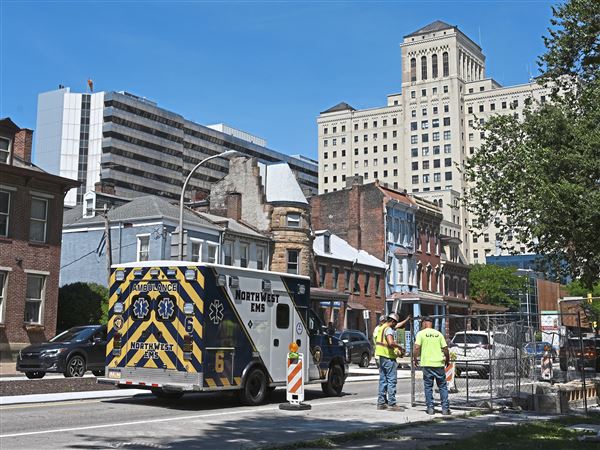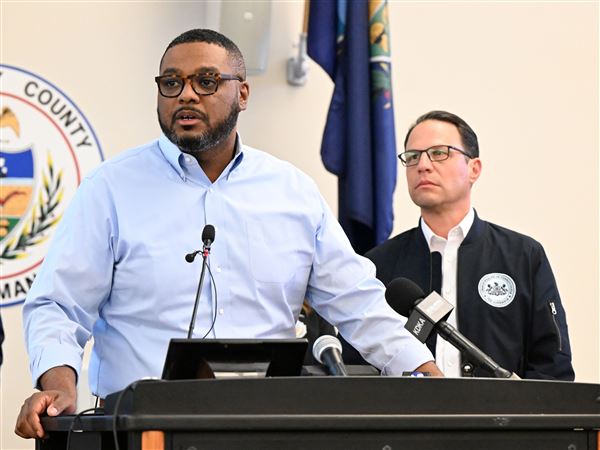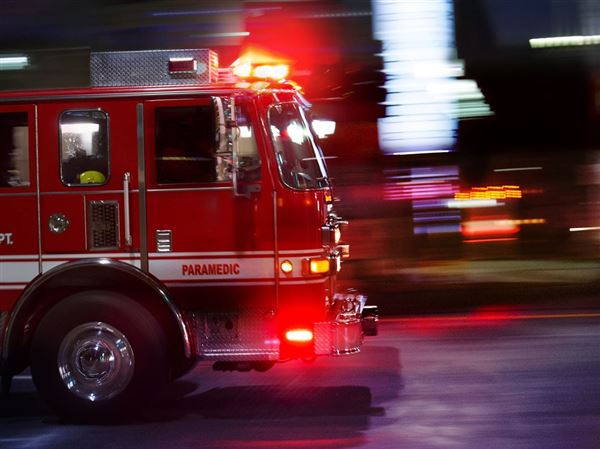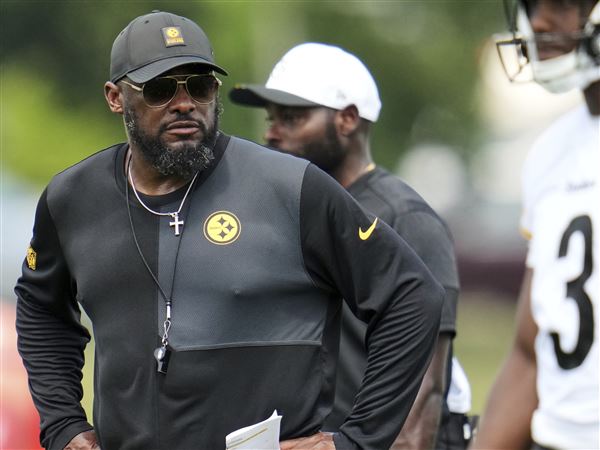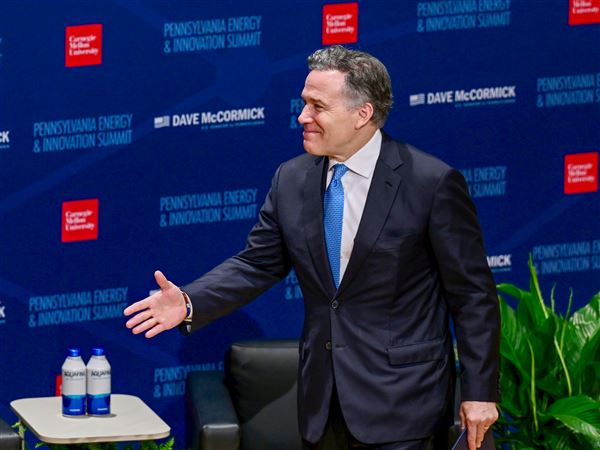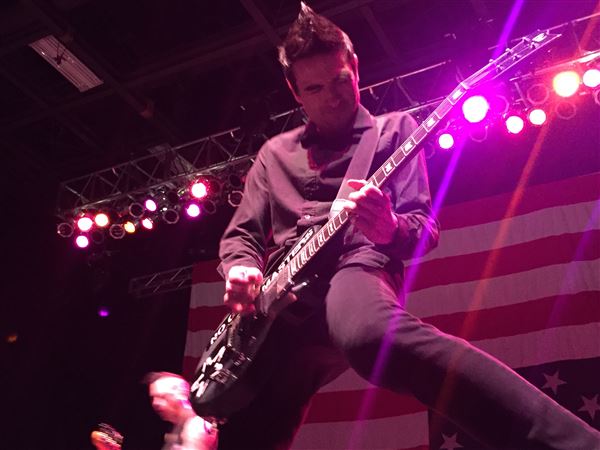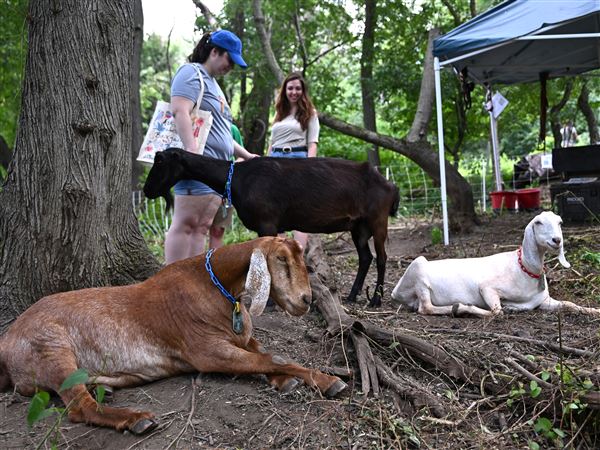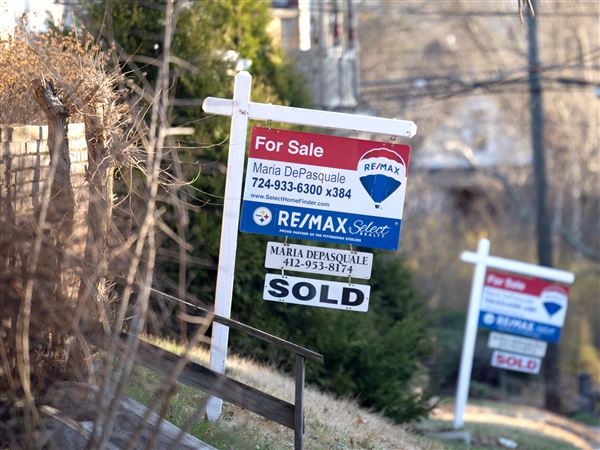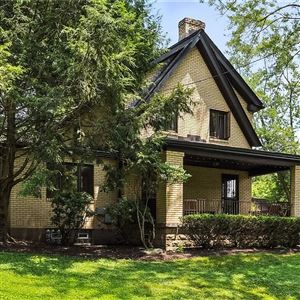In recent years, a Bus Rapid Transit system has been studied and planned for Pittsburgh’s Downtown-Oakland corridor. With the commitment of Mayor Bill Peduto and Allegheny County Executive Rich Fitzgerald, and with progress underway on a required review process, our region now must stay focused on making BRT a reality.
Consider this. A decade ago, a trip to the North Shore would have provided views of a Kaufmann’s warehouse, large blocks of barren land and a few businesses. Since then, more than $150 million in development has brought hotels, office buildings, restaurants, retail outlets and apartments. Today, the North Shore has been transformed. It is an economic development success story that can be a model for other areas of our city — and transportation was key to its success.
Today, it’s easy to hop a free ride on our subway, the “T,” from Downtown to the North Shore to eat, hit the casino or take in a Pirates game at PNC Park or a concert at Stage AE, and then head back to your car or home. Commuters to Downtown can park on the less-congested, less-expensive North Shore, take the free subway to work, catch a show in the Cultural District in the evening, then return home via T and car.
Connecting these business and cultural centers with mass transportation has spurred vibrant growth and made for a richer environment for Downtown workers, residents and tourists. But it didn’t come quickly — building the North Shore Connector was a two-decade process, which helped drive the growth we enjoy today.
Now our region has the opportunity to create the same types of connections and growth in the Downtown-Oakland corridor, but with an even more profound mission.
Downtown is thriving again, with new apartments, restaurants and hotels on the rise. Oakland and Shadyside continue to offer a vibrant mix of homes, schools, medical facilities and the arts. Yet as a region, we treat the rest of the corridor like a congested afterthought.
With Bus Rapid Transit, we can support the revitalization of the Hill District and, hopefully, in a much shorter time frame. As efforts continue to move forward with the land-development plan for the former Civic Arena site, this area will see an increase in affordable housing and job creation. With a two-year engineering and environmental review process underway, our region has moved to the next phase of this process, part of which must remain a focus on developing BRT.
BRT is unique in many ways, with features such as platform-level boarding, off-board fare collection at comfortable stations with real-time bus-arrival information and exclusive bus lanes with priority at traffic signals. Studies have shown that BRT in Pittsburgh could replace multiple bus routes and reduce traffic and pollution.
But it would do more than just improve ease of transportation — the physical addition of a BRT line also would help to revitalize the Hill District.
As a business owner, I view mass transit as one of our most critical challenges. I saw firsthand the dramatic development opportunities and community building that BRT can generate when I traveled with a local delegation to study Cleveland’s nine-mile-long, 59-stop HealthLine. Strong similarities exist between Cleveland’s Euclid Avenue corridor, which connects the city’s downtown to East Cleveland, and the Pittsburgh-Oakland corridor. We can learn from Cleveland’s efforts.
Since it began operating in 2008, the successful HealthLine has transformed the Euclid Avenue corridor. It has added billions in economic development and increased local property values. This is precisely what we need between Downtown and Oakland.
While Downtown Pittsburgh is a triangular grid originally built for horses and carriages, it is now a city of the future. Today, we have the opportunity to renew the promise of the Hill District and further invigorate the Downtown/Oakland corridor. We’ve seen the economic, aesthetic and cultural benefits that a transportation project — the North Shore Connector — can create. Let’s not lose focus. Let’s get on with BRT.
Merrill Stabile is president of Alco Parking, which owns and operates multiple parking facilities in the Pittsburgh area. He also plans to create a new development above a 1,227-space parking garage on the North Shore.
First Published: January 18, 2015, 5:00 a.m.
